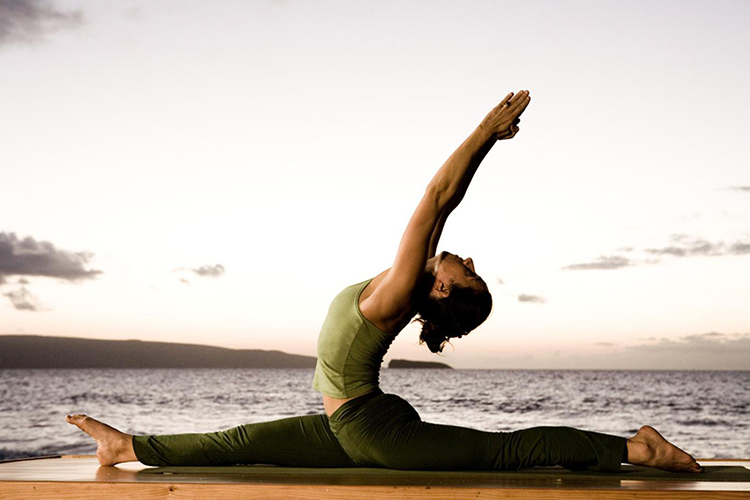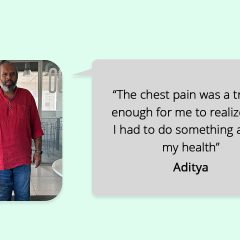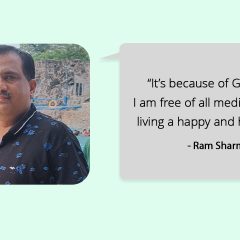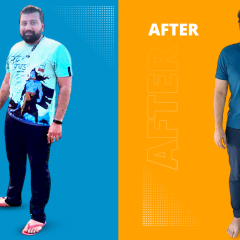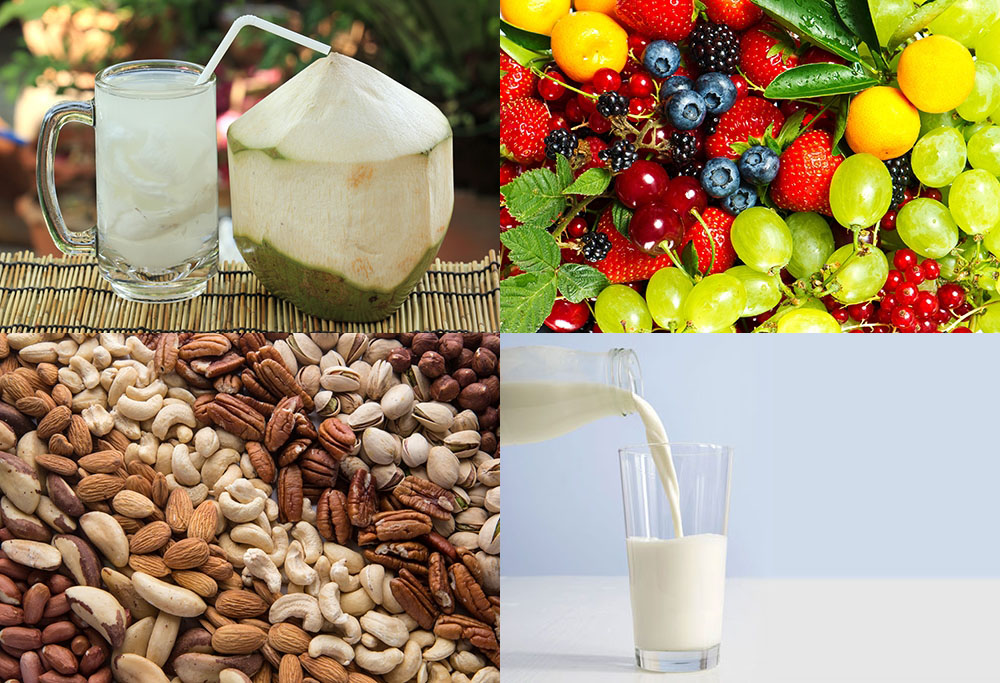
Today marks the third day of Navratri and most men and women fast through these 9 days of the festival. But, does anyone know what it means to fast right? Yes! You read it right! Fasting right! One would question, what could possibly go wrong with not eating?? The answer – A lot! could go wrong.
Many people fast during the navratri for various reasons. Some for religious beliefs others to just weigh a little lighter or just give your system a break or detoxify! Whatever, be your reason for fasting, it is important to do it right !
When done properly fasting has its own benefits for the body. It helps in re-setting the electrolyte balance, detoxification and freedom from bloating and water retention.
Well, a healthy fast should not put your body through stress. It should help you achieve your goal or purpose of fasting and make you feel good emotionally and not leave you irritable or feeling drained or sick. It should give you a feeling of fulfilment and accomplishment and make you feel energetic the next day and reduce cravings.
Starting the fast –
- Start your day with a glass of warm water.
- Have tender coconut water as this will keep you hydrated and energized through the day.
Through the day –
- Do not stay hungry for a long period of time as that would bring about a drop in the metabolic rate, lower blood glucose levels and blood pressure resulting in giddiness and headaches. Staying hungry for a long time sends out a famine signal to the body which then goes into a conservation mode. It conserves all the energy or calories from your next meal and stores it as fat for future use fearing it might have to go without food for a long time! Bang goes your efforts to loose weight and burn fat! Therefore, it is advisable to have plenty of fruits and cucumber through the day as it will keep you hydrated and provide essential micro nutrients to keep you going. It will also help the body balance it’s pH and stay alkaline. Make sure you include papaya as they are one of the best foods to cleanse the liver, purify blood, reduce inflammation and remove harmful toxins. Also, if you eat papaya through the day, it will help in digesting the meal that you eat later during the day. It will help prevent constipation that might occur after fasting.
- Drink tender coconut water or buttermilk. These would provide you with all the essential electrolytes and energy and also help the body attain an alkaline pH.
- Snack on unsalted nuts and dry fruits and makhana (foxnut) through the day. Makhanas (foxnut) are a rich source of fibre, calcium and potassium and are an ideal low calorie snack. CAUTION – they are highly addictive too!
- Avoid sugar through the day. Have natural sugar in the form of dates, raisins, figs, apricots and prunes. Use jaggery and honey to sweeten things.
- Avoid dairy products like milk and yoghurt. Choose coconut milk or almond milk. A fast is beneficial when we maintain an alkaline pH and dairy or milk is highly acidic in nature. That is the reason why some people experience acidity, bloating and discomfort during or after a fast. So, have buttermilk, coconut water, nimbu pani with honey or coconut milk instead and reap the benefits of fasting.
- Avoid tea and have herbal teas instead. You can even sip on warm water with lemon and honey through the day. Lemons are great sources of vitamin C, which helps make glutathione, a substance needed for detoxifying the liver. They also contain a phytochemical called limonene, which enhances phase two detoxification of the liver and get rid of chemicals inside of the body.
Ending / breaking / opening the fast –
- Always break your fast by having a glass of water or coconut water as this would hydrate you and activate your digestive enzymes and intestines and prepare your body for the food you are going to eat.
- Certain fasts require you to break or open the fast by eating certain foods. In that case, have a glass of water and after 5 minutes have a small quantity of the recommended food item and then have fruits. After that you can eat a proper meal.
- Refrain from a fat laden meal at the end of the day and avoid puris, kachori and deep fried sago vadas as they are deep fried and loaded with fat and also a source of empty calories in large amounts which are nutrient deficient. Moreover, eating a fried dish after a day’s fast is difficult to digest and leads to acidity. Opt for healthier options like roasted or boiled sweet potato and Singhada or lotus seeds.
If you are required to eat kootu ka atta (buckwheat flour) or singhade ka atta (water chestnut flour) then opt for healthier options like cheelas * instead of deep fried puri, kachori or pakodi. Remember not to feast while you fast!
Besides having powerful antioxidant properties and being a rich source of beta carotene, vitamin C and potassium, sweet potatoes contain a strong chelating agent – compounds that can bind heavy metals like cadmium, copper, mercury, and lead to help detoxify the body.
- Use Sendha namak (Rock salt) instead of regular iodized salt or table salt. Sendha namak is low in sodium ad rich in potassium and helps in re-setting the electrolyte balance.
- If you are fasting for entire 9 days, one will have to get back to normal diet very gradually. Start by having coconut water. Move over to a non citrus fruit like apple or banana. Then have semi solid foods and finally progress to a proper whole meal !
Please do not fast if you have a medical condition or are unwell and / or are on medication.
So, this navratri wish you happy FASTING! Try fasting the above mentioned way and transform your body. Feel the changes at many levels and do share with me or speak to a certified expert by subscribing to GOQii’s Personalised Health Coaching here.
#BeTheForce

